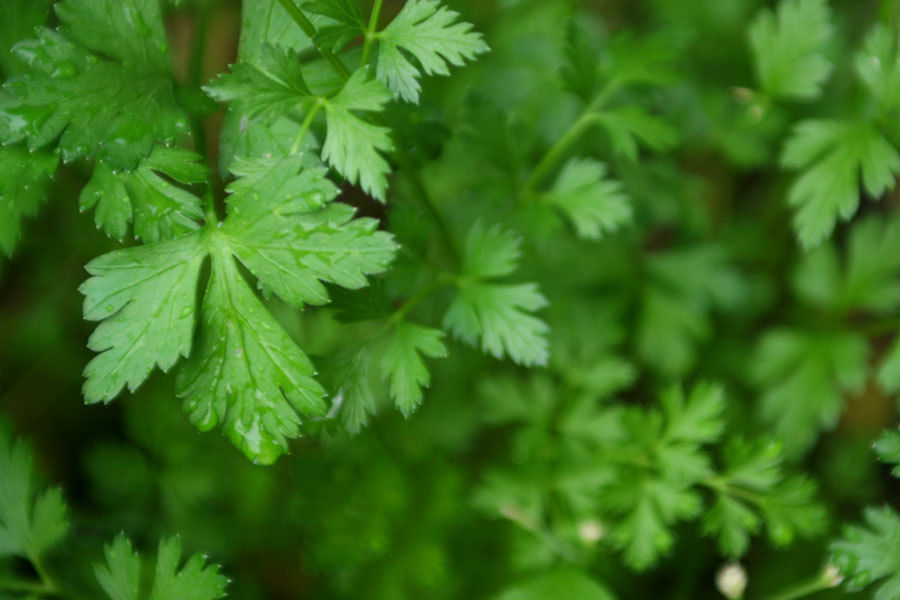CUSTARD APPLE PLANT NURSERY
- sagwan farming
- Jan 15, 2021
- 4 min read
CUSTARD APPLE GRAFTED AND TISSUE CULTURE PLANT NURSERY SUPPLIER .
Grafted and Tissue culture Custard apple fruit plant nursery supplier in Punjab,Bihar,Rajasthan,
Maharashtra,Gujarat,
Karnataka
Telangana ,Delhi, Uttar Pradesh,Chattishgarh
,Jharkhand,Bihar,West Bengal,Tamil Nadu
,Kerala,Odisha,Madhya Pradesh,
Himachal,Jammu.




CUSTARD APPLE PLANT
GROWING CUSTARD APPLE PLANT | HOW TO GROW SITAFAL SARIFA
The Custard Apple Farming
Introduction : Custard Apple ( Annuna squmos L.) is one of the finest fruits introduced in India from tropical America. It is also found in wild form in many parts of India. It is cultivated in Andhra Pradesh, Maharashtra, Karnataka, Bihar, Orissa, Assam, and Tamil Nadu. Besides India, it is common in China, Phillippines, Egypt and Central Africa.
Importance: It is very hardy, medium in growth and decidious in nature. The fruits are generally used as fresh, while some products or mixed fruits like custard powders, ice-creams are prepared from the fruits. Besides high nutritive value, it has also a high medicinal value. Unripe fruits, seeds, leaves and roots are considered and used in medicinal preparations.
Climate: all annonas are tropical in origin and grow well in hot and dry climate with varying degrees of difference. Custard Apple requires hot dry climate during flowering and high humidity at fruit setting. Flowering comes during hot dry climate of May but fruit setting takes place on onset of monsoon. Low humidity is harmful for pollination and fertilization. The Custard Apple withstands drought conditions cloudy weather and also when the temperatures go below 15 deg.cent. Annual rainfall of 50-80 cm is optimum, though it can withstand higher rainfall.
Soil: The Custard Apple is not very particular about soil conditions and flourishes in all types of soils like shallow, sandy, but fails to grow if the subsoil is ill drained. It can grow well in deep black soils provided they are well drained. A little salinity or acidity does not affect it but alkalinity, chlorine, poor drainage or marshy-wet lands hamper the growth and fruiting.
Varieties: The following are some of the varieties grown in different agro-climatic regions of the country.
Red Sitaphal
Balanagar
Hybrid
Washington
Purandhar (Pune)
Propagation: The annonas are commonly propagated by seeds. Recently some researchers have developed some techniques in vegetative methods and budding can be adopted for multiplication. The seedlings of local custard apple have proved a good root stock for many improved varieties and hybrids. Seeds treated with 100 ppm for 24 hours germinate quickly and uniformly.
Planting and Season: Planting is done during rainy season. The pits of 60x60x60 cm at spacing 4×4 or 5×5 or 6×6 depending on soil type are dug prior to monsoon and filled with a good quality FYM, single super phosphate and neem or Karanj cake under dry conditions and with drip irrigation system planting at 6×4 meters has given good growth and better fruit setting.
Interculturing: For good plant growth, the weeding should be done to keep away the weeds. Intercropping with some legumes, peas, beans and merigold flowers are commonly taken by the growers. Normally, no crop is taken during winter as the plants go under rest.
Care of young orchard: The gap filling is to be done as early as possible. Stagnation of water during first monsoon should be taken care of, if the planting is done on imprevious soils or ill drained soils.
Special horticultural practices: For uniform flowering and for early flowering and also to check the flower and fruit drop and for improving fruit size, following growth regulators are used.
For defoliation and bringing the plants under uniform rest Ethryl at 1000 ppm is sprayed one month after the harvest of the fruits.
For better and early flowering Biocil a ml per litre of water is sprayed just prior to flowering.
10 to 20 ppm NAA is sprayed just prior to flowering period to reduce the flower and fruitdrop.
During fruit development 50 ppm GA + 5 ppm + 0.5 ppm cppu, foliar spray improves the fruit size and luster of the fruits.
Irrigation: In general, Custard apple is grown as a rainfed crop, and no irrigation given. However, for early and bumper harvest of the crop. Irrigation on flowering i.e. from May should be given till regular monsoon starts. For better flowering and fruit setting, mist sprinkling is better over flood or drip system of irrigation as it keeps to lower down the temperatures and to increase in the relative humidity.
Nutrition: Generally, no manures or fertilizers are applied to rainfed crop. However, for early and bumper harvest with a good keeping quality, the following dose is recommended to a fully grown tree. Biomeal …. 10 kg, 5:10:5 1 Kg. Ormichem micronutrient mixture 0.250 kg at the time of flowering and another dose of 10:26:26 or 19: 19: 19 mixture after fruit setting. Foliar spray with 8:12:24:4 10 gm/lt, twice during fruit development. Occassionally, zinc or iron or both deficiencies are noticed and can be taken care of by spraying chealed zinc or Ferrous.
Plant protection: Though the crop is hardy, it suffers from the following pests-
Mealy bug
Scale insects
Fruit boring caterpillar
Leaf spot, Anthrac nose, Black stone, spraying with neem oil, Meenark, and some herbal preparation is recommended.
Harvesting and yield: The Custard apple is a climacteric fruit and harvested at the maturity state when the fruit starts to change colour from green to its varietal colour shade. Immature fruits do not ripe. Swallowing some apical buds – showing inner pulp is also an indication of maturity. A were grown tree yield above 100 fruits weighing 300 to 400 gm. The season of harvest is from August to October.
Post-harvest handling: The fruits do not withstand cold storage as well as handling after ripening. Firm but mature fruits can be kept at 6 deg.cent. temperature for about a week but such fruits loose aroma and attractiveness and also develop some cipid taste.
Wholesale fruit plant nursery
110,KALYANI VILLAGE, VRAJEWARI ROAD VASAI EAST MUMBAI MAHARHTRs




Comments